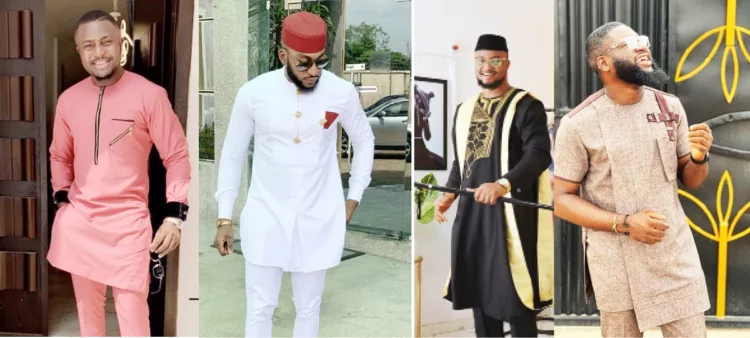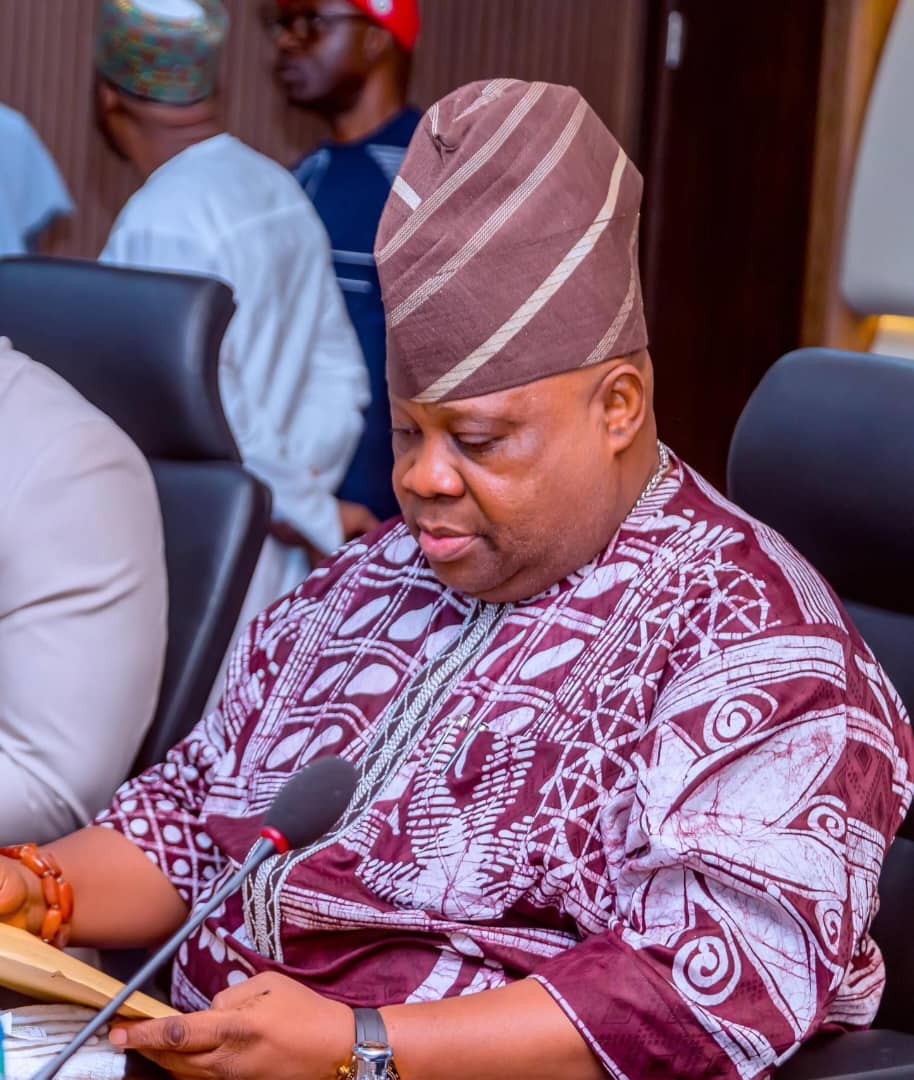The colourful and vibrant clothing worn by Nigerian men tells a story of culture, history, and identity. Nigeria is a country with a rich history and culture, and this is reflected in the country’s fashion. From traditional outfits like the agbada and dashiki, to modern styles, Nigerian men have always had a unique and vibrant sense of style. This article explores the evolution of men’s fashion in Nigeria, from traditional outfits to modern styles, and examine the cultural and historical significance of these styles.

For centuries, traditional Nigerian clothing has been an important part of the country’s culture, with each outfit telling a story about the wearer’s tribe, family, and status. These traditional outfits have evolved, but they continue to be a source of pride and identity for many Nigerian men.
AGBADA
The agbada, also known as the “grand boubou”, is a long, flowing robe worn by men in Nigeria and other West African countries. The agbada has a long and rich history, dating back to the 13th century when it was first worn by the royalty of the Kingdom of Benin. The agbada is typically made from luxurious fabrics like brocade or damask, and it is often decorated with intricate embroidery, usually depicting symbols of wealth, status, or family history. The sleeves of the agbada are often wide and loose, which was originally designed to allow for easy movement while riding horses or hunting.
DASHIKI
The dashiki, also known as a “fugu” or “angela”, is a loose, colorful shirt with a V-neck and wide sleeves. The dashiki originated in West Africa, and it became popular in the 1960s and 1970s as a symbol of African pride and independence. The dashiki was often worn by civil rights leaders and activists, like Martin Luther King Jr. and Stokely Carmichael. The Dashiki can be worn in different ways, like with the sleeves rolled up or down, and it can be paired with matching pants or a kufi, a traditional African hat. We could also mention that the dashiki can be made from different fabrics, like cotton, silk, or wax print.
THE SENATOR
The “senator”, is another traditional outfit from Nigeria. The senator is a three-piece outfit consisting of a long shirt, a pair of pants, and a matching hat called a “file”. The senator is similar to the agbada, but it has a more modern, tailored fit. The senator was developed in the mid-20th century, as Nigerian men sought a more modern and tailored alternative to the agbada. The senator was designed to be more fitted and stylish, while still retaining the traditional elements of the agbada, like the embroidery and the wide sleeves. The senator is still widely worn today, especially for formal occasions.
There is also the “fro”, which is a short-sleeved shirt that is typically worn with pants or a wrapper. There is also the “senator”, which is a version of the senator that is tailored more like a Western-style suit. And there is the “agbada buku”, which is a more casual version of the agbada.
The traditional attire of the Igbo people is called the “Isiagu”, while the traditional attire of the Hausa people is called the “Babban Riga”. The Isiagu is a colorful robe made from either cotton or silk, while the Babban Riga is a long, flowing robe made from cotton or wool. Both outfits are typically worn with a hat or cap, and they are an important part of the culture and identity of the Igbo and Hausa
In Nigeria, it’s common to see a blend of traditional and modern clothing, with people often wearing a mixture of Western-style clothing and traditional attire. Some people might even mix and match traditional and modern pieces, like wearing jeans with a dashiki top.
In general, these traditional outfits are all about expressing cultural pride, while also being practical and stylish. They often have a unique combination of Western and African influences, and they continue to be popular today.




